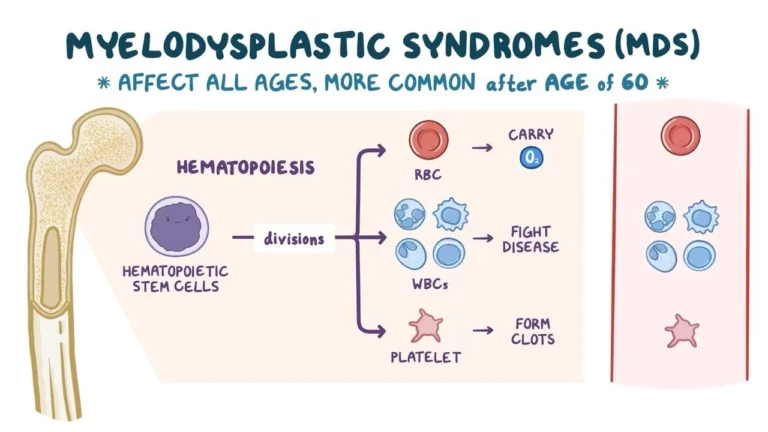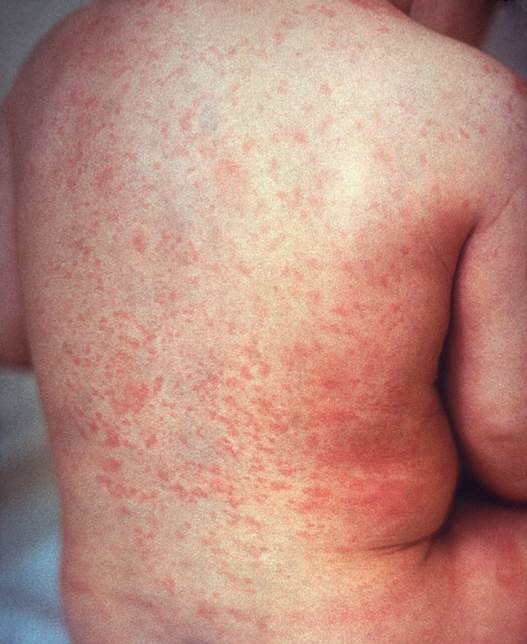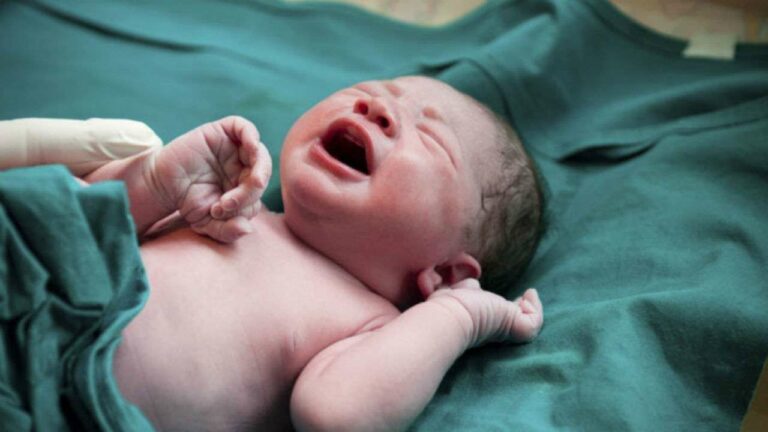Child Abuse: Definition, Types, and Indicators
Author: Rose Stella
Rose Stella
Category: Child's Health
Tags: health, sexual, child's health, child, abuse
Each year, approximately 4 million cases of child abuse and neglect involving nearly 7 million children are reported. The highest rate of child abuse occurs in infants younger than one year old, and 25% of victims are younger than three years old. Nowadays, despite tighter rules and regulations to prevent this from happening, child abuse continues to persist.
What Constitutes Child Abuse?
Child abuse occurs when a caregiver harms the child’s feelings or body. It can occur to both boys and girls in any family. Frequently, wounded emotions (or emotional trauma) persist long after the physical injury has healed.
Furthermore, child maltreatment and neglect are significant public health issues and adverse childhood experiences (ACEs). They may have lasting effects on health, opportunities, and well-being. This issue encompasses all forms of child abuse and neglect by a parent, caregiver, or other people in a custodial role (such as a religious leader, coach, or teacher) that results in harm, the potential for harm, or the threat of harm to a child under the age of 18.
 Child Abuse
Child Abuse
Understanding the dangers of abuse and what to do if you suspect it is essential for ensuring the safety of all children. Child abuse is common. Thus, it is essential to recognize the signs of child abuse and neglect and reduce the risks of abuse for your child.
Child Protective Services receives the most reports of neglect, followed by physical and sexual abuse. Many abused children suffer from a combination of physical, sexual, and/or emotional maltreatment.
Types of Child Abuse
There are various kinds of child abuse that continue to persist in society today. In some instances, a child can experience more than one type of child abuse.
Physical Abuse
This occurs when a child’s body is harmed. A hard hand or object blow, such as a belt, can leave bruises or cuts and cause pain. Physical abuse can also include shaking, pushing, biting, choking, punching, painful grabbing, and kicking.
In addition, physical abuse occurs when a child is physically injured or put in danger. It makes no difference if the child is severely injured or if it leaves a mark. Any harm constitutes abuse. Furthermore, in some cases, it includes burning a body portion of a child, submerging the child in the water, and tying up the child upside down.
 Physical Child abuse
Physical Child abuse
Sexual abuse
Sexual abuse consists of sexual contact (such as sexual acts) or non-contact sexual activities (such as taking or sharing sexual photographs or having sexual conversations) between:
- An adult and a person under the age of 18
- An older child or adolescent and a very young child
- One person has authority over another, regardless of their age.
Further definition of sexual abuse includes the following:
- Forces a child to take part in pornographic pictures or videos.
- Has any sexual contact with the child, from kissing in a sexual way to having sex.
- Makes phone calls or sends emails, texts, or other messages that are sexual in any way.
- Shows the child someone else's genitals, as with flashing.
- Shows pornography.
- Tells dirty jokes or stories.
In the majority of cases of sexual abuse, a trusted adult or family member abuses the child’s trust. Typically, the child is pressured or talked into the activity, offered gifts, or asked to keep secrets, as opposed to being physically forced.
 Sexual Child abuse
Sexual Child abuse
Emotional abuse
Emotional abuse (or psychological abuse) occurs when adults caring for a child judge, threaten, demean, or reject children or adolescents, withholding affection so that the child feels inferior or unworthy.
In addition, it is a pattern of actions that harms the emotional health and development of a child. This can occur when someone:
- Abuses others in the presence of the child, such as a parent, sibling, or pet
- Fails to show love and affection
- Ignores the child and does not provide emotional support and guidance
- Defames belittles, criticizes, or embarrasses
- Teases, threatens, bullies, or yells
- Shames belittles, criticizes, or embarrasses
- Teases and threatens the child
 Emotional Child abuse
Emotional Child abuse
Neglect
Neglect occurs when an adult fails to provide the necessary care for a child. This means giving the child insufficient:
- Food, shelter, and clothing
- Medical care supervision attention (called emotional neglect, when a child is ignored)
- Education/schooling
Substance Child Abuse
Substance abuse, such as when adults abuse alcohol or drugs, can put a child in danger. It can lead to neglect and physical, sexual, and emotional abuse of children by adults. Even if no one neglected or physically harmed the child, many state laws consider the use of drugs or excessive alcohol by adults in the presence of a child to be child abuse.
In some states, substance child abuse is defined as:
- Allowing a child to consume alcohol or illegal drugs.
- Adults make, use, or sell illegal drugs in the presence of children.
- A pregnant woman uses illegal drugs.
Medical Child Abuse
Medical child abuse occurs when adult caregivers harm a child by administering unnecessary medications, appointments, surgeries, or lab tests.
A bandonment.
Several states view abandonment as a form of child neglect. It occurs when a parent abandons a child with no support or concern for their welfare, or when the location of the parent is unknown.
Human exploitation.
Human exploitation, essentially, is a form of slavery. When children are used for prostitution or pornography, or to beg, sell drugs, or work long hours for low pay, this constitutes child trafficking.
 Child Trafficking
Child Trafficking
Indicators of child abuse
Abuse can be difficult to detect. Cuts and bruises and signs of stress are common childhood occurrences for a variety of reasons. Therefore, it is helpful to be aware of specific signs to look for and to trust your gut as you evaluate the overall physical and emotional health of the child.
Indicators of physical abuse include:
- Bruises, welts, and other injuries that cannot be explained or do not correspond with the child’s account.
- Unexplainable burns, particularly those caused by cigarettes.
- Patterned wounds, such as those caused by a hand, belt, or other objects
- Different stages of healing for various injuries
- Medical or dental problems that are not treated
Children who have suffered physical abuse may also:
- Avoid all touch and physical contact.
- Be afraid to go home
- Always appear to be on high alert
- To conceal bruises, wear clothing that does not match the weather, such as long sleeves on hot days.
- Remove self from friends and activities
Some indicators of sexual child abuse include:
- Avoiding a specific individual for no apparent reason
- Bloody, ripped, or stained briefs
- Bruising or bleeding near the genital region.
- Pain or itching in the genital region that may impede walking or sitting
- Pregnancy or STDs, particularly in children under 14
- Refusing to alter attire in the presence of others
- Trying to escape from home
- Sexual activity or knowledge that adolescents typically do not possess.
 indicators of sexual child abuse
indicators of sexual child abuse
Some indicators of emotional abuse include:
- Constant anxiety about making mistakes
- Speech difficulties and delays in cognitive and emotional development
- Depression and low self-esteem are associated with one another
- Underperforming in school
- Extreme conduct, such as being excessively obedient or demanding.
- headaches and stomachaches for no apparent reason
- The child appears distant from a parent or caregiver.
- Lacking enthusiasm for friends and activities
Indicators of neglect include:
- Always looking dirty
- Leaving young children alone or in the care of other youngsters
- Overeating at meals or saving food for later Frequent school absences
- Poor weight gain and development
- Lacks access to medical, dental, and mental health care (medical neglect)
- The same signs of neglect may be present in children whose parents or caregivers are alcoholics or drug addicts.
Possible indicators of child trafficking include:
- Frequent school absences
- Trying to escape from home
- Abrupt alterations in fashion or relationships
- Has an older “boyfriend” or “girlfriend”
- They discuss the need to repay a debt.
- They frequently care for children who are not related to them.
- Their answers to questions appear to be rehearsed.












